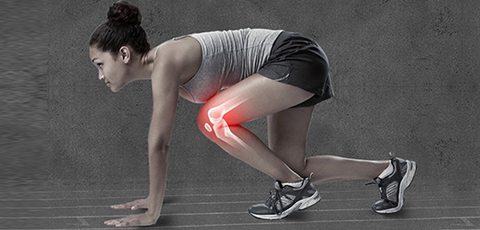Subluxation (Shoulder)
The shoulder is a highly mobile ball and socket joint. The ball of the upper arm bone (humerus) is held in place at the socket (glenoid) of the shoulder blade (scapula) by a group of ligaments. A partial dislocation of the shoulder joint is termed as a subluxation. This means the ball has partially moved out of the glenoid as opposed to a dislocation, where the ball completely moves out of the glenoid. Subluxation usually occurs from falls or a direct blow to your shoulder. It can also be caused due to a previous shoulder injury or if the ligaments in your shoulder are loose. Subluxations have a tendency to reoccur due to laxity in the ligaments.
Subluxation of the shoulder includes the following symptoms:
- A feeling that your shoulder has moved out of place
- Pain, numbness or weakness of the injured shoulder
- A feeling of looseness of the shoulder
Subluxation of the shoulder is diagnosed by checking your medical history and symptoms and performing a physical examination of your shoulder. Your doctor may also recommend X-rays to confirm diagnosis and check for any fractures of the shoulder joint.
Subluxation of the shoulder is treated with rest, ice packs and NSAID’s to reduce the pain and inflammation. You may be referred to physical therapy for shoulder strengthening exercises to help prevent recurrence. Surgery may be required to repair the ligaments if conservative treatment measures do not prevent further subluxations.
Other Shoulder Conditions
Conditions
Shoulder Joint
- Shoulder Pain
- Arthritis of the Shoulder
- Frozen Shoulder
- Little League Shoulder
- Throwing & Shoulder injuries
- Biceps Tendon Tears
- Pectoralis Major Tear
- Calcific Tendonitis
- AC Joint Arthritis





























